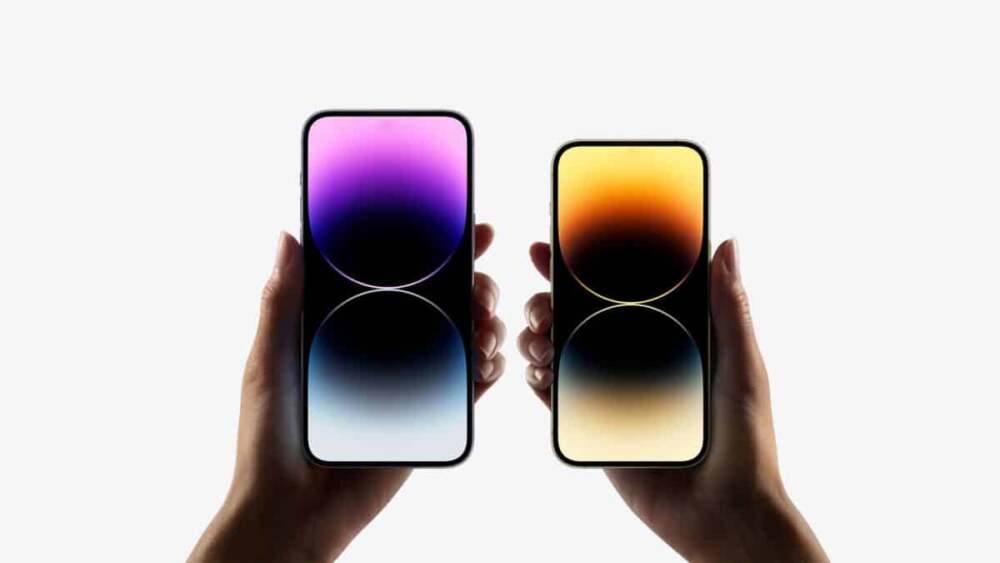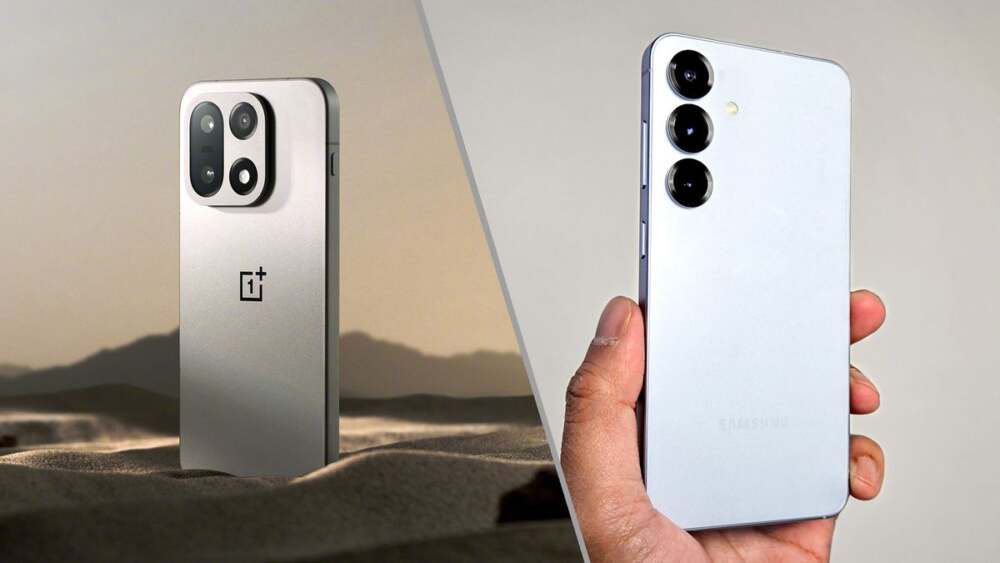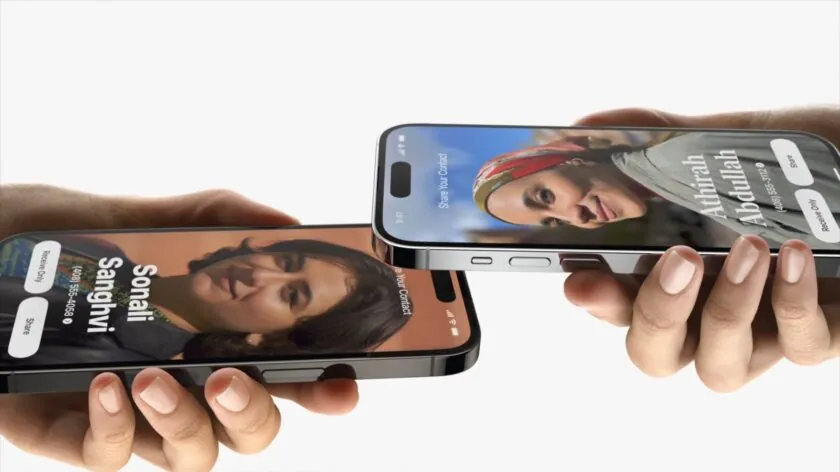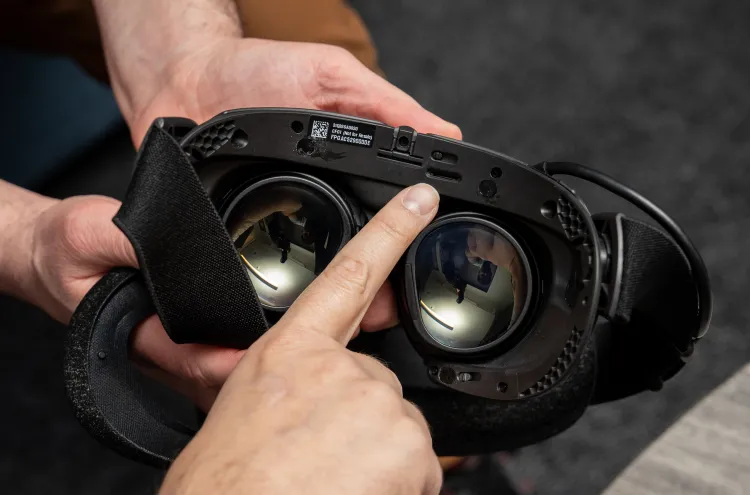Apple is reportedly gearing up for one of the most significant design changes in the iPhone’s history with its 2027 model, which coincides with the 20th anniversary of the device. According to industry leaks and analyst speculation, the 2027 iPhone could feature a front-facing camera completely hidden beneath the display. This bold move would eliminate the familiar notch or hole-punch cutouts, creating a truly uninterrupted screen and signaling a major step toward Apple’s vision of a “slab of glass” design.
A True All‑Screen Experience
The rumored under-display camera (UDC) is part of Apple’s broader effort to maximize screen real estate while maintaining the premium design standards the company is known for. By hiding the selfie camera beneath the display, the iPhone would offer a fully immersive front-facing experience, enhancing media consumption, gaming, and multitasking.
Industry insiders also suggest that Apple is exploring the possibility of embedding Face ID sensors beneath the display. Combining both technologies would remove all visible interruptions on the front panel, creating a seamless edge-to-edge display and marking a significant design milestone for the iPhone line.
Why the Under-Display Camera Matters
- Enhanced Aesthetics: Removing the notch or camera cutout gives the iPhone a clean, minimalist look that aligns with Apple’s design philosophy. The uninterrupted screen could make gestures and on-screen interactions feel more natural and modern.
- Technological Leap: Under-display cameras have been attempted in other smartphones, but often with compromised image quality due to light distortion through display layers. Apple’s entry into this space suggests significant advancements in sensor technology, light calibration, and software processing to maintain the high camera standards expected from iPhones.
- Milestone Product Timing: Launching this feature in the 2027 model, which marks two decades of iPhone innovation, would make it a symbolic and attention-grabbing upgrade. It positions the device not just as a technical improvement, but as a landmark in Apple’s design evolution.
Potential Design Enhancements
- Edge-to-Edge Curved Display: The 2027 iPhone may feature minimal bezels or subtly curved edges to complement the under-display camera, creating an immersive and visually striking experience.
- Display Technology Upgrades: Apple could implement advanced OLED or microLED technologies to ensure consistent brightness and color accuracy even above the hidden camera.
- Software Optimization: Advanced algorithms may help compensate for any optical limitations, delivering clear selfies and accurate facial recognition for Face ID.
Implications for Consumers
- Premium Experience: Users seeking a cutting-edge, visually seamless device may be drawn to the 2027 iPhone, particularly if the under-display camera is reserved for high-end models.
- Camera Performance Considerations: While the design is aesthetically appealing, the ultimate success of this feature depends on real-world image quality, especially in low-light scenarios. Apple will need to demonstrate that the hidden camera can perform on par with or better than current front-facing modules.
- Upgrade Decisions: Consumers planning to purchase iPhones in 2025 or 2026 may weigh waiting for the 2027 model to experience this design leap. Early adopters of standard models might miss the under-display innovation initially.
Challenges Apple Must Overcome
- Manufacturing Complexity: Integrating functional sensors beneath the display is technically demanding and may affect production yields, potentially limiting initial availability.
- Balancing Cost and Features: High-end under-display technology may increase the price of the flagship model, which could impact adoption among mainstream consumers.
- Consumer Expectations: Apple users expect high-quality selfie performance and seamless Face ID functionality. Any compromise could result in customer dissatisfaction or negative reviews.
- Gradual Rollout: It is likely that only the top-tier 2027 iPhone model will feature the under-display camera at launch, with standard models adopting it in subsequent releases.
Strategic Implications for Apple
The under-display camera marks more than just a cosmetic change—it demonstrates Apple’s ability to innovate at the intersection of hardware, software, and design. By embedding the camera beneath the display, Apple not only maximizes screen real estate but also differentiates its flagship iPhone from competitors. This technology could become a defining feature for the anniversary model and set a new standard for future iPhone designs.
Moreover, Apple’s approach signals a long-term strategy of integrating advanced technologies while maintaining premium design cues, reinforcing the brand’s positioning as a leader in both aesthetics and performance.
Outlook
The 2027 iPhone’s rumored under-display camera is shaping up to be one of the most talked-about smartphone features in recent years. If executed successfully, it could redefine the visual and functional experience of the iPhone, offering consumers a truly all-screen device without compromising on camera or facial recognition capabilities.
While details remain speculative and the timeline subject to change, this rumored innovation highlights Apple’s commitment to pushing the boundaries of design and technology. For consumers, it may represent a compelling reason to consider waiting for the anniversary model, promising a blend of performance, style, and futuristic features that could set a new benchmark for smartphones.












Leave a Reply